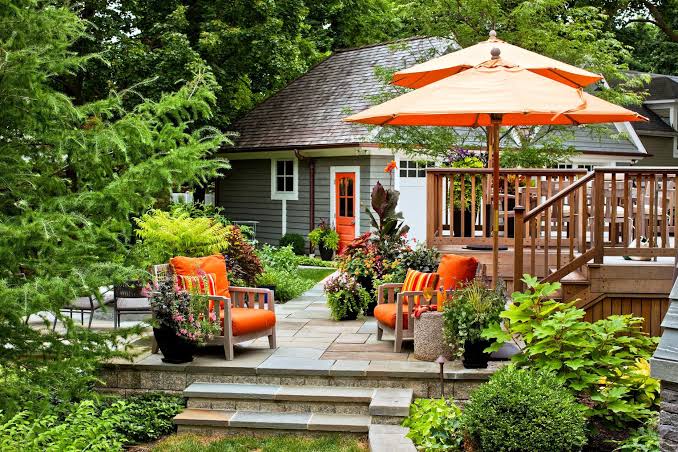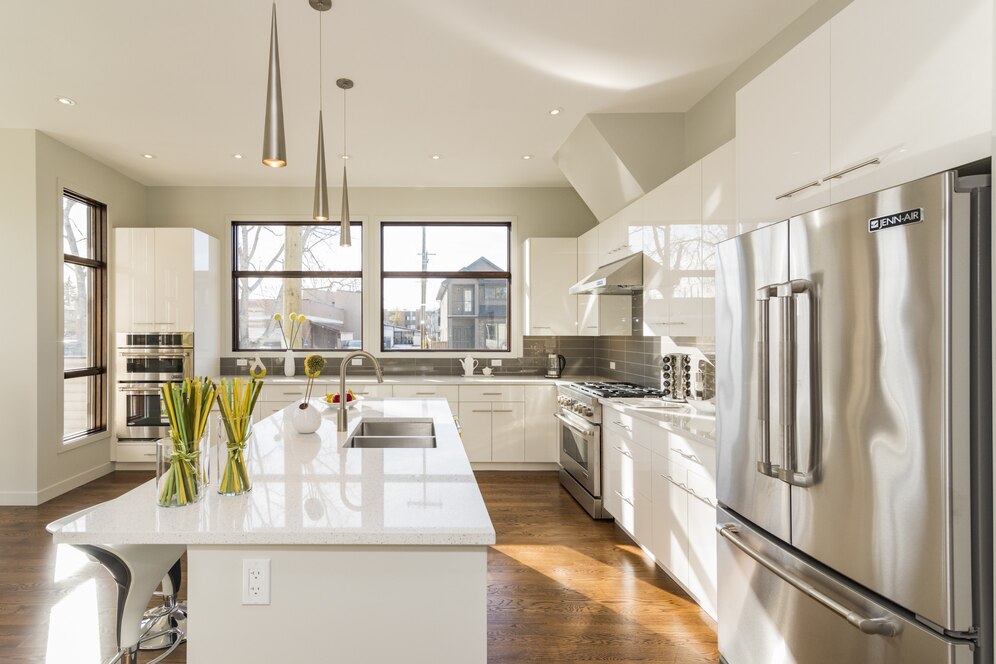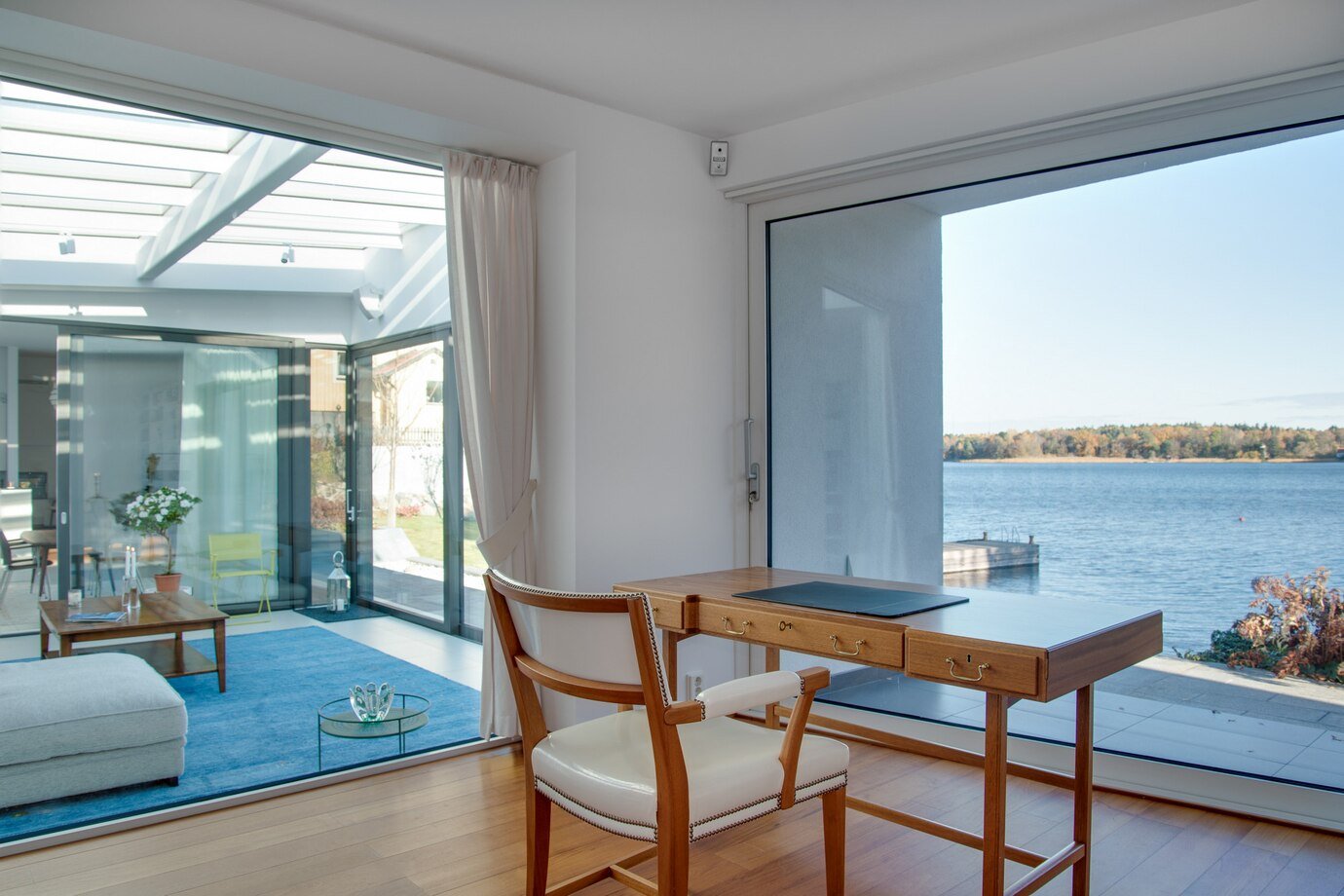Introduction
Creating a beautiful and functional outdoor space requires more than just a green thumb. Professional landscape design and installation services are essential for transforming ordinary yards into stunning landscapes that reflect personal style and enhance the overall property value. This comprehensive guide explores the landscape design and installation process, highlighting its importance and the steps involved. Whether you’re planning a small garden makeover or a complete landscape overhaul, understanding these key elements will help you achieve a successful project that meets your aesthetic and practical needs.
Initial Consultation and Assessment
The journey to a beautiful landscape begins with an initial consultation and thorough site assessment. This foundational step ensures that the design and installation process is tailored to the specific characteristics of your property and your personal preferences.
- Understanding Client Goals and Preferences:
- Discussing the client’s vision, lifestyle, and budget.
- Identifying desired features such as patios, water features, or specific plant types.
- Site Assessment:
- Evaluating soil quality, drainage patterns, and sunlight exposure.
- Identifying existing plants, trees, and structures that will be retained or removed.
- Analyzing the topography and potential challenges like slopes or rocky areas.
- Developing a Site Plan:
- Creating a base map of the site with existing conditions and proposed changes.
- Taking measurements and noting any utilities or structures that must be considered in the design.
Design Phase
Once the initial consultation and site assessment are complete, the design phase begins. This involves translating the client’s vision and site characteristics into a cohesive and practical landscape plan.
- Concept Development:
- Brainstorming ideas and creating rough sketches or digital renderings.
- Exploring different layout options, plant palettes, and hardscape materials.
- Detailed Design Plan:
- Developing a comprehensive design that includes planting plans, hardscape layouts, and construction details.
- Selecting specific plants, trees, and shrubs that thrive in the local climate and soil conditions.
- Choosing materials for hardscape elements like patios, walkways, and retaining walls.
- Incorporating Sustainable Practices:
- Integrating eco-friendly elements such as native plants, rain gardens, and permeable paving.
- Designing efficient irrigation systems that conserve water and reduce maintenance needs.
- Finalizing the Design:
- Presenting the design plan to the client for feedback and approval.
- Making necessary adjustments based on client input and practical considerations.
Installation Process
The installation phase is where the design plan comes to life. This process involves a series of steps that require careful planning and execution to ensure a successful outcome.
- Pre-Installation Preparation:
- Obtaining necessary permits and approvals.
- Scheduling the project timeline and coordinating with subcontractors if needed.
- Site Clearing and Grading:
- Removing existing vegetation, debris, and unwanted structures.
- Grading the site to ensure proper drainage and create a stable foundation for hardscapes.
- Soil Preparation:
- Testing the soil to determine its composition and nutrient levels.
- Amending the soil with organic matter, compost, or other additives to improve fertility and structure.
- Hardscape Construction:
- Installing patios, walkways, retaining walls, and other hardscape features.
- Ensuring all structures are built to code and meet safety standards.
- Planting:
- Carefully placing plants according to the design plan.
- Following proper planting techniques to ensure healthy root establishment and growth.
- Irrigation and Lighting:
- Installing irrigation systems to provide adequate water to plants.
- Setting up landscape lighting to enhance the beauty and usability of the space after dark.
Post-Installation Care and Maintenance
After the installation is complete, ongoing care and maintenance are crucial to preserving the health and beauty of the landscape. This phase ensures that the investment in landscape design and installation continues to provide benefits for years to come.
- Establishing a Maintenance Schedule:
- Creating a routine maintenance plan that includes watering, fertilizing, pruning, and pest control.
- Scheduling regular inspections to monitor plant health and address any issues promptly.
- Seasonal Care:
- Preparing the landscape for different seasons, such as winterizing plants and irrigation systems.
- Performing seasonal clean-ups to remove debris and promote new growth.
- Irrigation Management:
- Monitoring and adjusting irrigation systems to meet the changing needs of plants.
- Ensuring efficient water use and preventing overwatering or water waste.
- Soil Health:
- Regularly testing soil to maintain its fertility and structure.
- Adding organic matter and other amendments as needed to support plant growth.
Innovative Landscape Design Trends
Staying up-to-date with the latest trends in landscape design can inspire new ideas and enhance the overall appeal of your outdoor space. Here are some innovative trends to consider:
- Sustainable Landscaping:
- Emphasizing the use of native plants, which require less water and maintenance.
- Incorporating rain gardens, green roofs, and permeable paving to manage stormwater runoff and reduce environmental impact.
- Outdoor Living Spaces:
- Creating functional outdoor rooms for dining, entertaining, and relaxation.
- Adding features like outdoor kitchens, fire pits, and comfortable seating areas.
- Edible Landscaping:
- Integrating fruit trees, vegetable gardens, and herb beds into traditional landscape designs.
- Providing fresh, homegrown produce while enhancing the aesthetic appeal of the garden.
The Role of Technology in Landscape Design
Technology has revolutionized landscape design, making it easier to create, visualize, and maintain beautiful outdoor spaces. Here are some ways technology is being used in the industry:
- Design Software:
- Utilizing advanced design software to create detailed and accurate landscape plans.
- Offering 3D renderings and virtual walkthroughs to help clients visualize the final result.
- Smart Irrigation Systems:
- Implementing automated irrigation systems that adjust watering schedules based on weather data and soil moisture levels.
- Conserving water and ensuring plants receive the right amount of moisture.
- Landscape Apps:
- Using mobile apps to manage and monitor landscape maintenance tasks.
- Providing real-time information on plant care, pest management, and weather conditions.
Economic and Environmental Benefits of Professional Landscape Design
Investing in professional landscape design Dewey-Humboldt and installation offers numerous economic and environmental benefits that extend beyond the immediate aesthetic improvements.
- Increased Property Value:
- A well-designed landscape can significantly boost property value and curb appeal.
- Attracting potential buyers and creating a favorable first impression.
- Energy Efficiency:
- Strategically placed trees and shrubs can provide shade and windbreaks, reducing heating and cooling costs.
- Creating microclimates that enhance outdoor comfort and energy efficiency.
- Environmental Sustainability:
- Promoting biodiversity by incorporating a variety of plants, including native species.
- Reducing water usage and managing stormwater runoff through sustainable practices.
Conclusion
Professional landscape design and installation are essential for creating beautiful, functional, and sustainable outdoor spaces. From the initial consultation and detailed design phase to the meticulous installation process and ongoing maintenance, each step plays a crucial role in achieving a successful landscape project. By staying informed about the latest trends and technologies, and investing in professional services, you can transform your outdoor space into a stunning environment that enhances your property’s value and provides lasting enjoyment.





